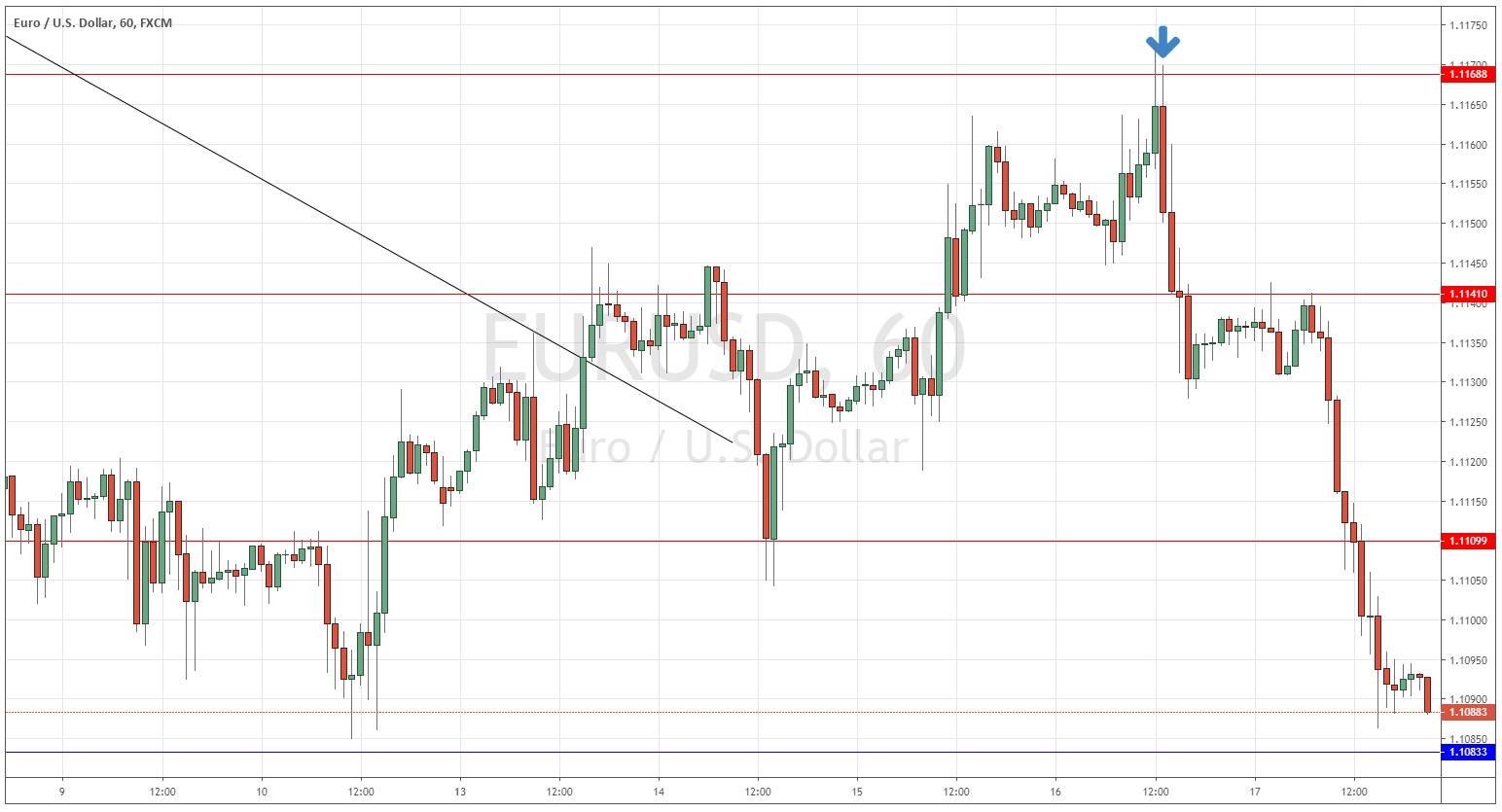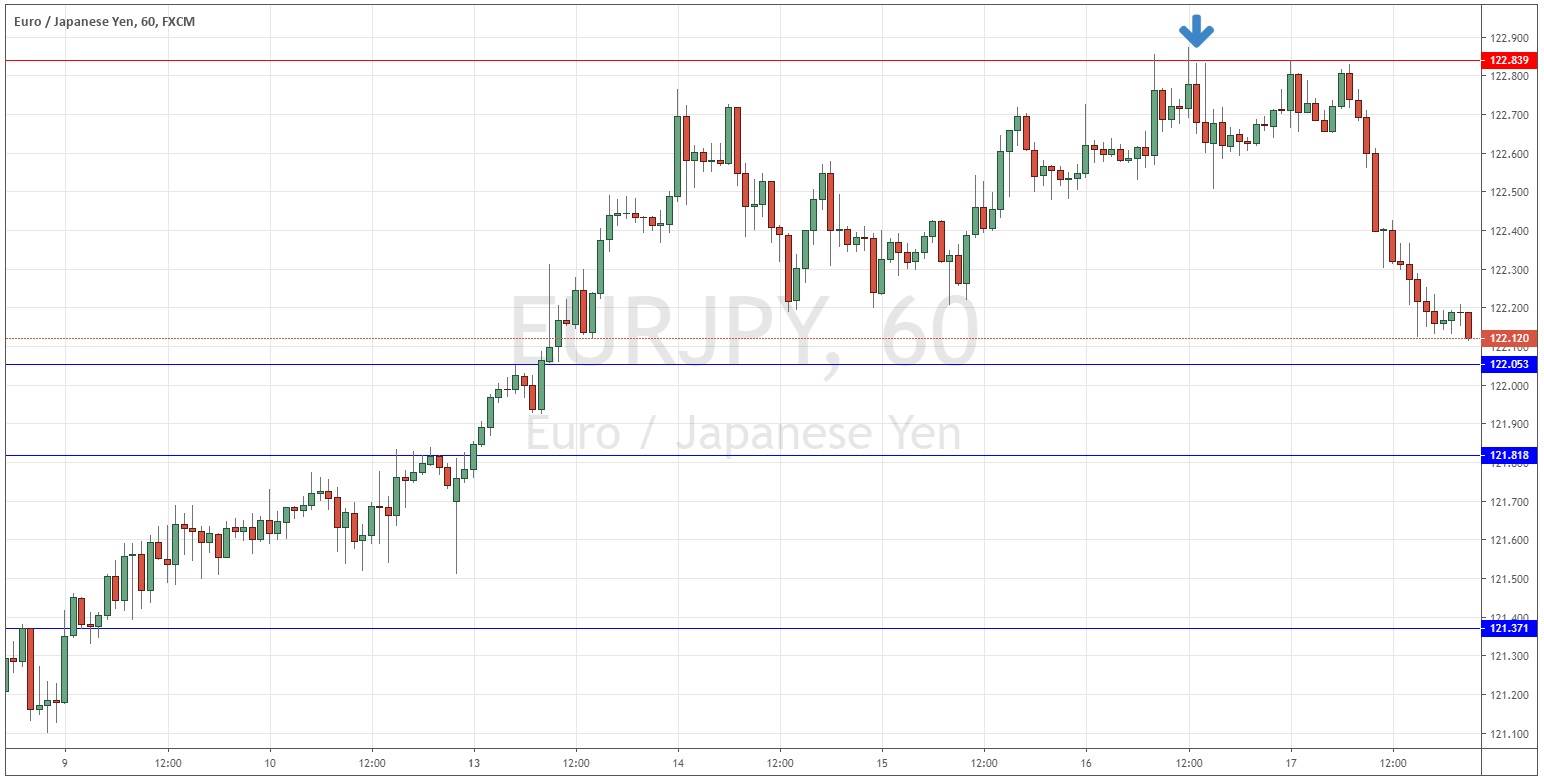Trading Support And Resistance - Sunday, Jan. 19
This week we’ll begin with our monthly and weekly forecasts of the currency pairs worth watching. The first part of our forecast is based upon our research of the past 16 years of Forex prices, which show that the following methodologies have all produced profitable results:
- Trading the two currencies that are trending the most strongly over the past 3 months.
- Assuming that trends are usually ready to reverse after 12 months.
- Trading against very strong counter-trend movements by currency pairs made during the previous week.
- Buying currencies with high interest rates and selling currencies with low interest rates.
Let’s look at the relevant data of currency price changes and interest rates to date, which we compiled using a trade-weighted index of the major global currencies:
Monthly Forecast January 2020
For the month of January, we forecast that the best trades would be long EUR/USD and long NZD/USD. The performances to date are as follows:
Weekly Forecast January 19
We made no weekly forecast last week, and we do the same this week, as there were no strong counter-trend movements last week.
The Forex market has again shown decreased activity, with only 4% of the important currency pairs and crosses moving by more than 1% in value over the past week. The volatility of major currencies was reported last week to be at a 30-year low. Volatility is likely to be higher over the coming week. A sharp rise in volatility will become more likely the longer this period of low volatility continues.
Last week was dominated by relative strength in the Swiss Franc, and relative weakness in the Japanese Yen.
Previous Monthly Forecasts
You can view the results of our previous monthly forecasts here.
Key Support/Resistance Levels for Popular Pairs
We teach that trades should be entered and exited at or very close to key support and resistance levels. There are certain key support and resistance levels that should be watched on the more popular currency pairs this week, which might result in either reversals or breakouts:
Let’s see how trading two of these key pairs last week off key support and resistance levels could have worked out:
EUR/USD
We had expected the level at 1.1168 might act as resistance, as it had acted previously as both support and resistance. Note how these “flipping” levels can work very well. The H1 chart below shows how shortly after last Thursday’s New York session began, the price bounced strongly off that level, forming a bearish engulfing candlestick marked by the down arrow in the price chart below, which immediately broke to the downside. This trade has given a great maximum reward to risk ratio so far of just under 3 to 1.

EUR/JPY
We had expected the level at 122.84 might act as might act as resistance, as it had acted previously as both support and resistance. Note how these “flipping” levels can work very well. The H1 chart below shows how shortly after last Thursday’s New York session began, the price bounced strongly off that level, forming a bearish engulfing candlestick marked by the down arrow in the price chart below, which immediately broke to the downside. A few hours earlier, the price had already made a bearish failure at this resistance level but would not break down right away. Sometimes these failures can produce such double tops or bottoms which may be a good sign that the trade has a higher than usual probability of success. This trade has given a good maximum reward to risk ratio so far of about 2 to 1.




